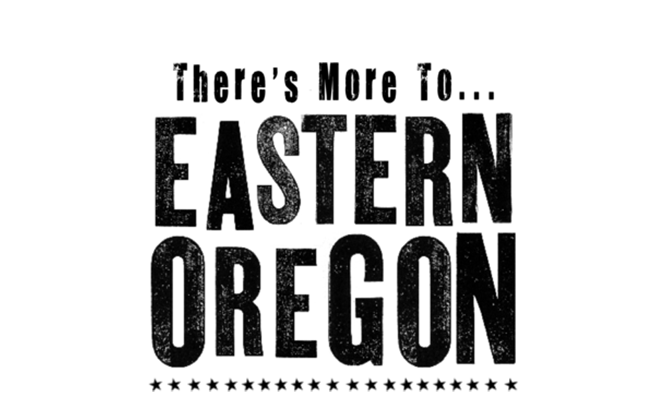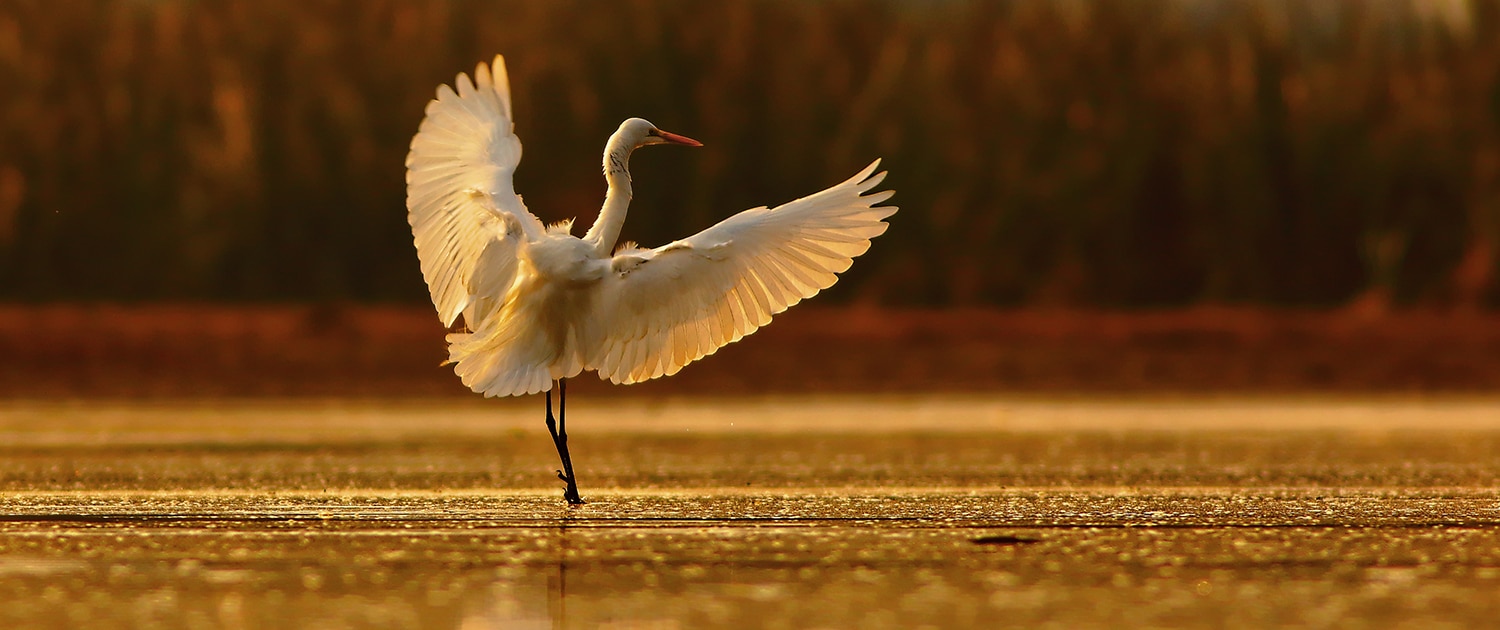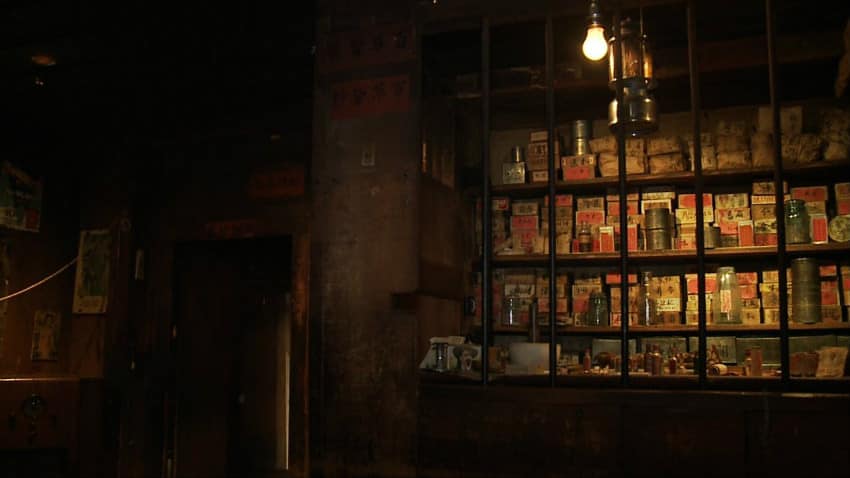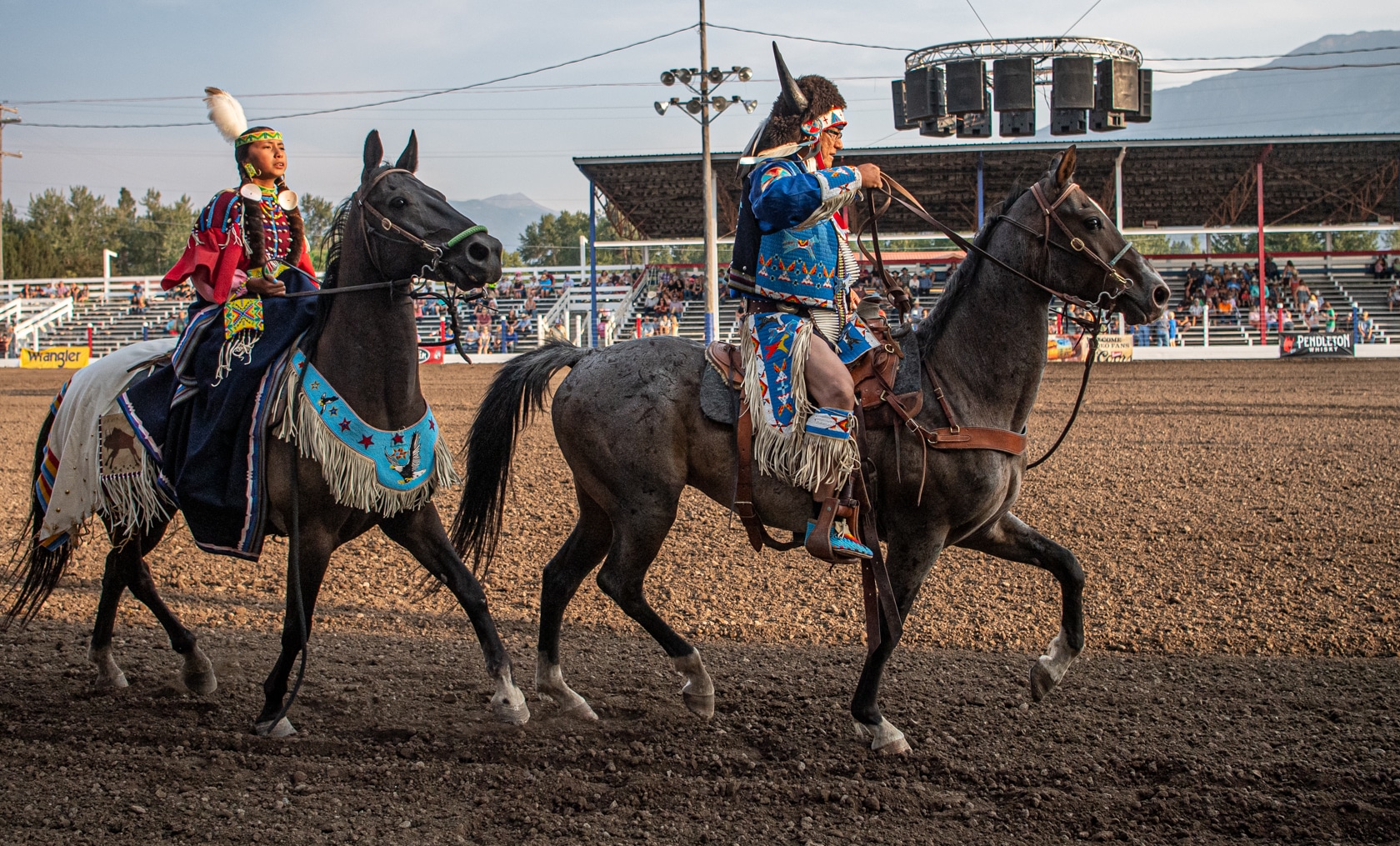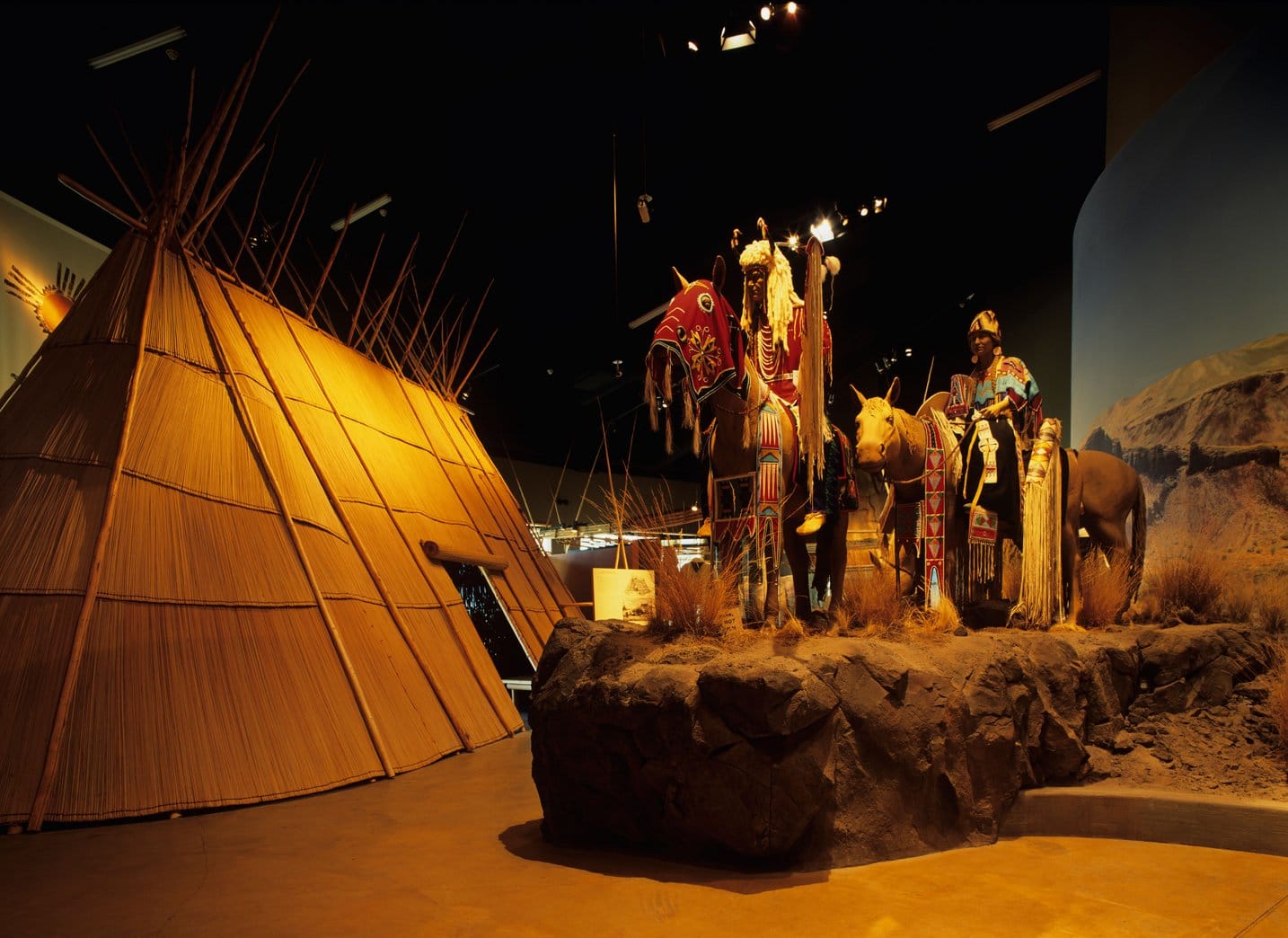The Hidden History of Kam Wah Chung
From the outside it doesn’t look like much. Given its location, standing alone in a city park in the small eastern Oregon town of John Day, the stout little structure might be mistaken for some kind of shuttered concession stand—a place to buy hot dogs and soft drinks in summer, when the park swimming pool is open. Except for the hand-lettered sign overhead saying Kam Wah Chung & Co., and the fact that its address is on Canton Street, you’d never guess that this building— just blocks from the Grant County Fairgrounds—once stood at the center of one of the largest “Chinatowns” in the American West, and now stands a a symbol of Chinese history and culture in Eastern Oregon.
When gold was discovered not far from John Day in the early 1860s, Chinese immigrants flocked to eastern Oregon just as they’d rushed to the California gold fields a decade earlier. In 1887 two Chinese men, Ing Hay and Lung On, bought the existing Kam Wah Chung store in what was then a flourishing Chinese frontier community. They would own and operate their idiosyncratic business—part general store and part traditional herbal dispensary—in its original building for more than 50 years.
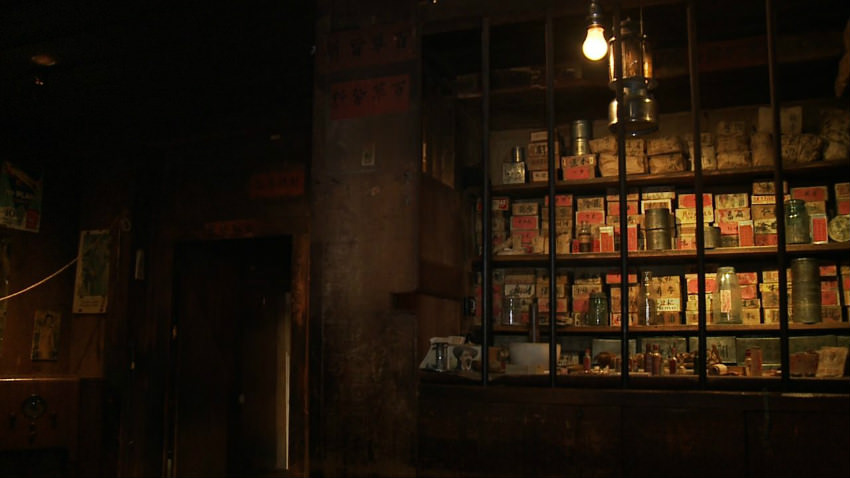
Ing Hay died in 1952, twelve years after his partner and friend. Eventually the property passed to Hay’s nephew, who’d come from Montana to help his uncle after Lung On was gone. The nephew, his duty completed, padlocked the Kam Wah Chung Company store with all its treasures inside it and donated the property for use as a city park, provided the old storefront itself be kept as a museum. Today the Kam Wah Chung State Heritage Site is owned and operated by Oregon State Parks, which offers guided tours daily from a fine little visitor center a few yards down the road, dedicated to preserving Chinese history in the region.
There is literally nothing quite like Kam Wah Chung. Officially it’s a National Historic Landmark, its building and contents considered the country’s greatest single surviving group of Chinese immigrant materials from the late 19th and early 20th centuries. But that phrase hardly does justice to the total-immersion experience of actually crossing the threshold into the dim, cramped, old-fashioned, wondrous world inside Kam Wah Chung.
Everything in the building remains just as it was in the mid-1900s—and, from the look of things, not much had changed for a good long while before that. It’s got low wooden rafters, uneven floors, and a lifetime’s worth of inventory, furniture, and belongings. A grocery-and-general-merchandise counter crowds into the rear of the store, with a mishmash of Asian and western wares: jars with Chinese labels, sticks of incense, packets of tea, tins of fast-acting baking powder, dog biscuits, booze, and tobacco. A second counter off to one side was Ing Hay’s herbal pharmacy, its shelves stocked with tins, wooden boxes, paper-wrapped packets, healing herbs, powders, animal parts, and dried rattlesnakes in a jar.
Kam Wah Chung was more than a store. At various times it also served as a post office, bunkhouse, employment bureau, spiritual center (there’s still a small shrine), and Chinese community gathering place. After dark, men came to gamble and gossip inside Kam Wah Chung’s thick stone walls, with its heavy iron shutters closed tight. Anti-Chinese sentiment in towns throughout America sometimes turned ugly and violent, and the store offered relative safety. Even so, Ing Hay—prohibited, as all Chinese were, from legally owning firearms—slept every night with a sharp kitchen cleaver within easy reach. That cleaver still sits on the wooden tea chest he used as a nightstand, suggesting that well-respected “Doc” Hay may never have felt truly safe.
Perhaps what’s most surprising is that the two men stayed in John Day. By the turn of the 20th century much of the surface gold was gone, and most of the Chinese miners moved on. But the owners of Kam Wah Chung never left. While still supplying a dwindling Chinese population, the business partners increasingly served a town of white ranchers and farmers. “Home” is the place that feels like home. Apparently the town suited them.
Lung On, ever the entrepreneur, invested in mining and real estate, opened the first car dealership in eastern Oregon, and developed an interest in race horses. Ing Hay acquired a widespread reputation for herbal healing, attracting a roster of clients—both Chinese and American—from across Oregon and beyond.
Lung On died where he’d lived for so long, in the Kam Wah Chung Company building; Ing Hay died in Portland, after spending the last four years of his life in a nursing home there. Both were laid to rest in John Day. Theirs are the only known Chinese graves in a town where thousands of Chinese immigrants once sifted through gravel tailings for gold.
Ghosts, all ghosts now. Barely remembered.
Kam Wah Chung makes them real.
